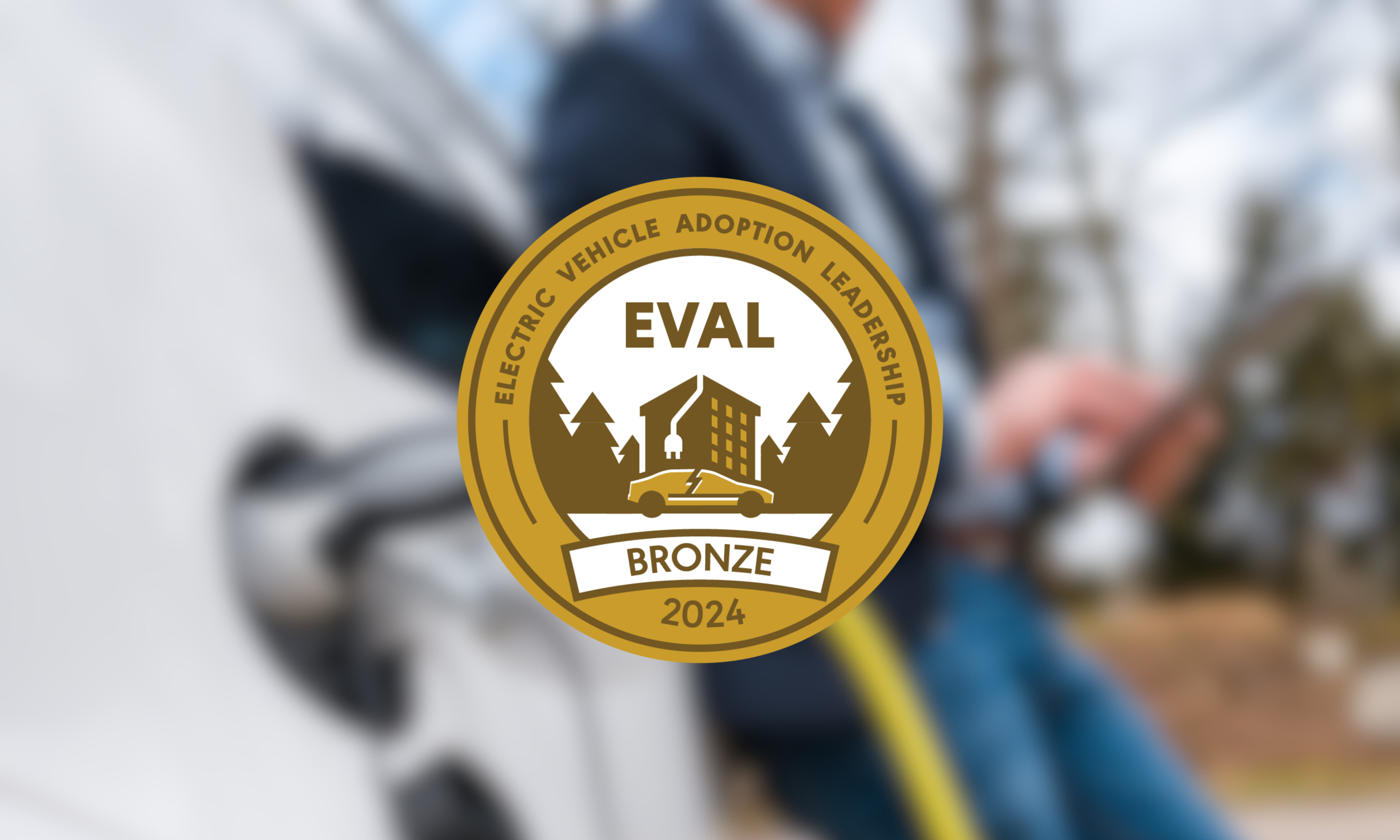By consciously stimulating consumer deployment and in-state industry development, Oregon and California now have evidence that those investments leverage high economic impact.
In late 2009 in Oregon, a few EV oriented businesses, manufacturers and professionals created an industry cluster in a third floor conference room of the Portland Development Commission, and concocted a strategy to harness state funds to promote its development. Now called Drive Oregon, the group convinced the Oregon Innovation Council of its value and successfully lobbied state legislators to invest $1.2 million of state funding at a time when the state’s budget left many lawmakers on the retreat, cutting public safety measures and teacher salaries. The pitch, that Oregon needed to have a means of fueling its EV industry cluster’s growth, was persuasive but not without great uncertainty. Should Oregon gamble on using state funds to fuel development in a sector that many, even today, dismiss as doomed to fail? Recently the Northwest Economic Research Center (“NERC”) released the results of its first study designed to define what companies constitute Oregon’s EV cluster and measure its strength and economic impacts.
Tom Potiowsky, director of NERC and former Oregon state economist, concluded that: “Our research indicates that the electric vehicle industry generates gross economic activity of $266.56 million, total value added of nearly $148 million and provides more than $89 million in total employee compensation. The industry continued to grow during the Great Recession, while other transportation industries suffered enormous losses.”
NERC estimated that EV economic activity created a ripple effect, adding 1169 jobs to the economy in addition to the 411 full-time EV jobs. Tax revenue to the state amounted to $11.9 million and $20.8 million to the federal authorities. More importantly, in a little over a year, DriveOregon has gotten over forty businesses to join the cluster and leveraged over $2.5 million dollars through its matching grants program.
Why has the EV industry taken root in Oregon? Sophisticated local demand may explain some of this phenomena, a population given to a willingness to try new things for the benefit of themselves and the planet. Oregon’s skilled workforce, supportive legislative and regulatory policy atmosphere, and a diffuse EV industry structure involved in manufacturing of different types of EVs, parts and components all contribute to its health. But there is more to it than that. It took impassioned individuals and courageous political leadership to recognize the EV industry s budding value and begin tangible investment in its growth.
What of the other side of the coin- deployment? What benefits might be achieved through a state’s aggressive stimulation of consumer purchasing of PEVs? A UC-Berkeley study released in September 2012, titled, “Plug-In Electric Vehicle Deployment in California: An Economic Assessment,” focused on providing an economic assessment of the state’s accelerated deployment of PEVs. Its author, David Roland-Holst, who employs a long-term economic forecasting model, concludes that:
-Light duty vehicle electrification can be a catalyst for economic growth, contributing up to 100,000 additional jobs [in California] by 2030.
-On average, a dollar saved at the gas pump and spent on other goods and services that households demand creates 16 times more jobs. (Yes, read that again).
-The majority of the new demand financed by PEV fuel cost savings goes to in-state services.
–Individual Californians gain from economic growth associated with fuel cost savings due to EVs, whether they buy a new car or not. Average real wages and employment increase across the economy and incomes grow faster for low-income groups than for higher-income groups. (Emphasis added.)
In essence the type of savings achieved through PEV adoption are quite different than those expenditures on the fossil fuel supply chain, creating stronger multiplier effects on in-state product and job creation and providing a positive net value to those states that adopt them. PEV-related transportation efficiency also stimulates job creation across all economic activities, not just in the “green collar” sector, through this expenditure-shifting phenomenon. Quite simply “a dollar saved on traditional energy is a dollar earned by 10-100 times as many new workers.” (p.17)
The importance of these studies should not be underestimated. They add yet another analytic block to the foundation supporting the business case for society’s investment in PEV technology and adoption and, perhaps most importantly, for the ongoing political support of policies designed to assist its rapid ascent. When read in conjunction, these studies make clear that we have ever more to gain by the acceptance of EVs then “just” GHG reduction, balancing the grid, and a better driving experience. We have local jobs to gain and, with them, hope for a sustainable energy future. For California and Oregon, the gamble appears to be paying off. Can other parts of the country afford not to invest in a technology sector whose odds get more favorable all the time?
